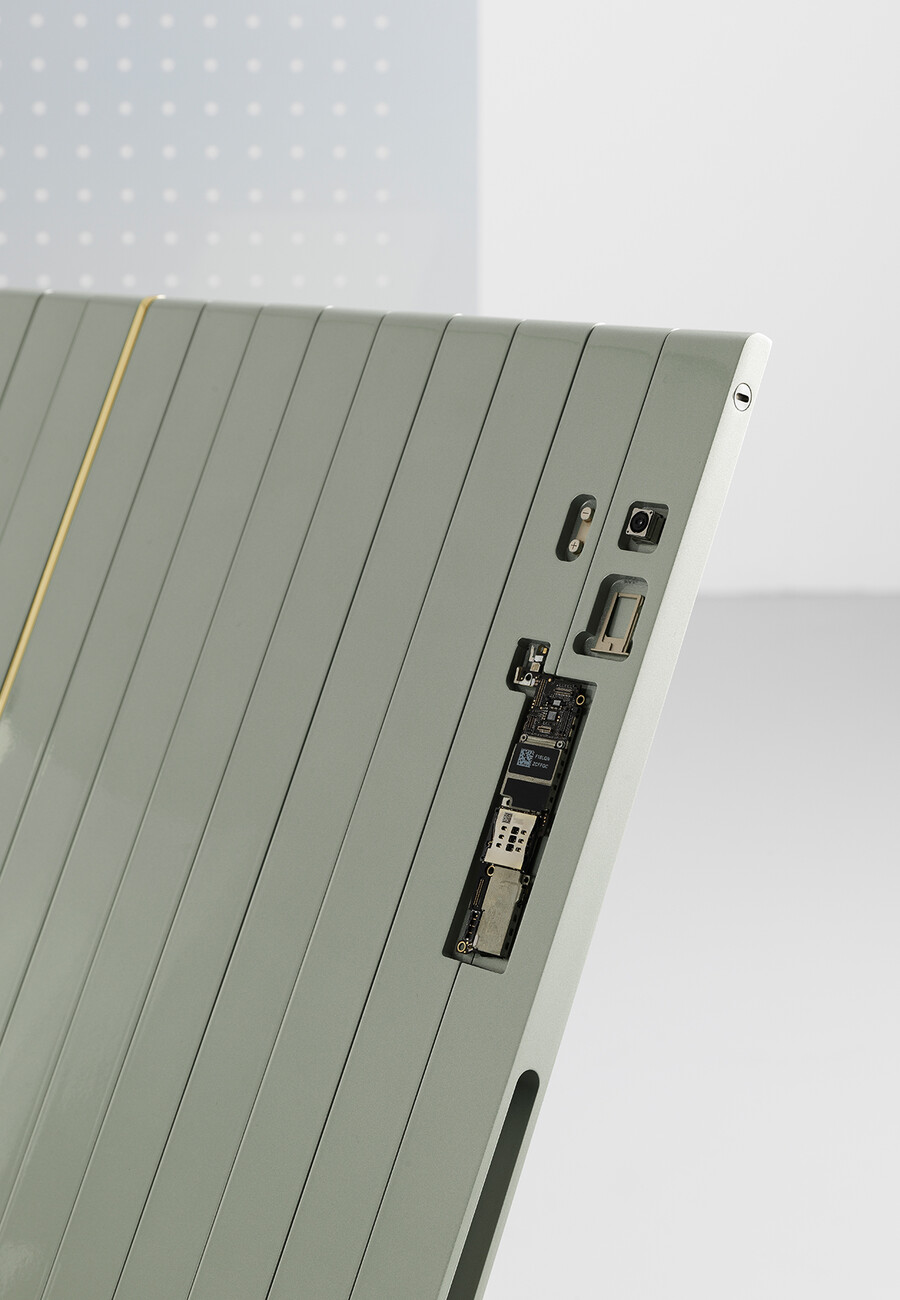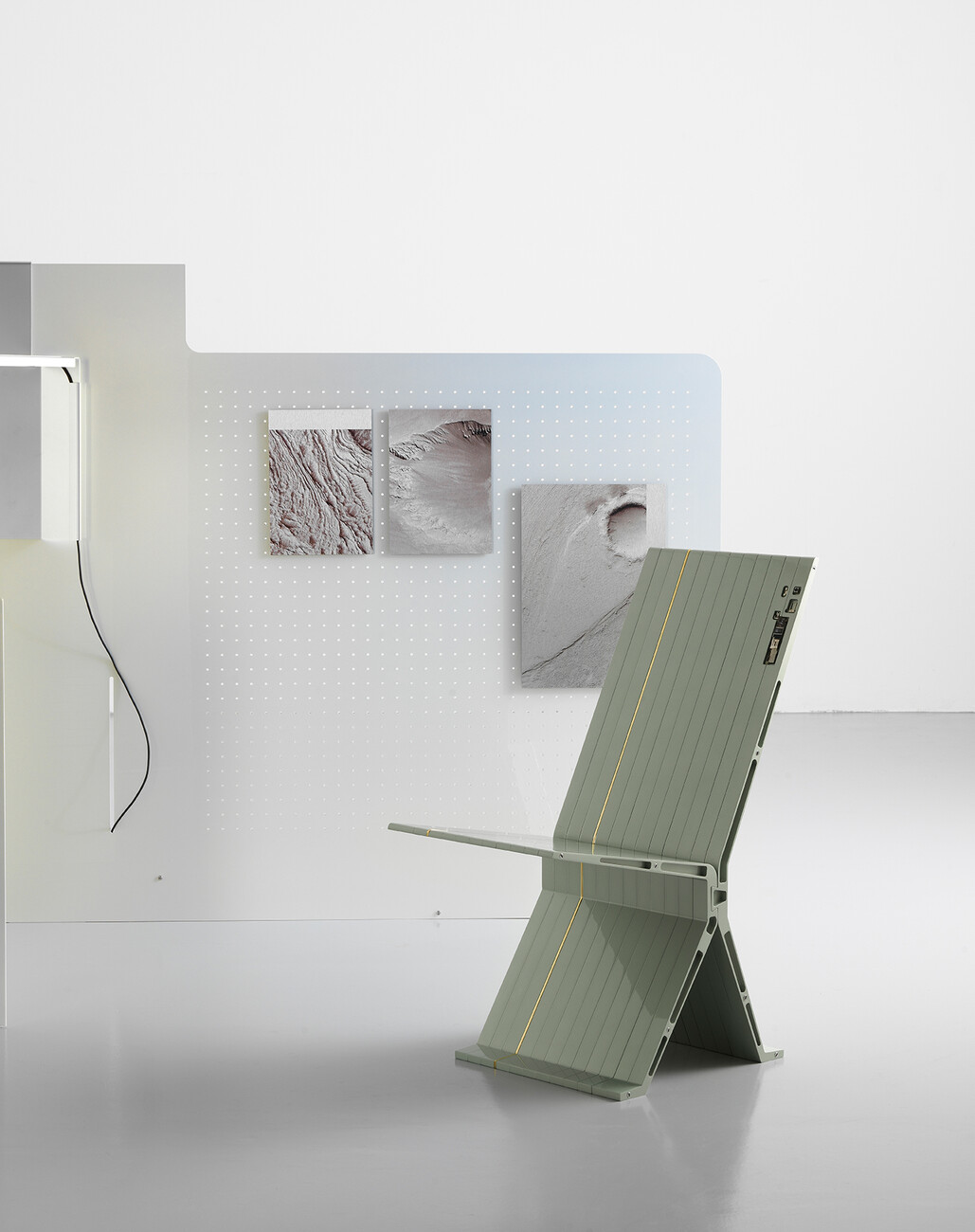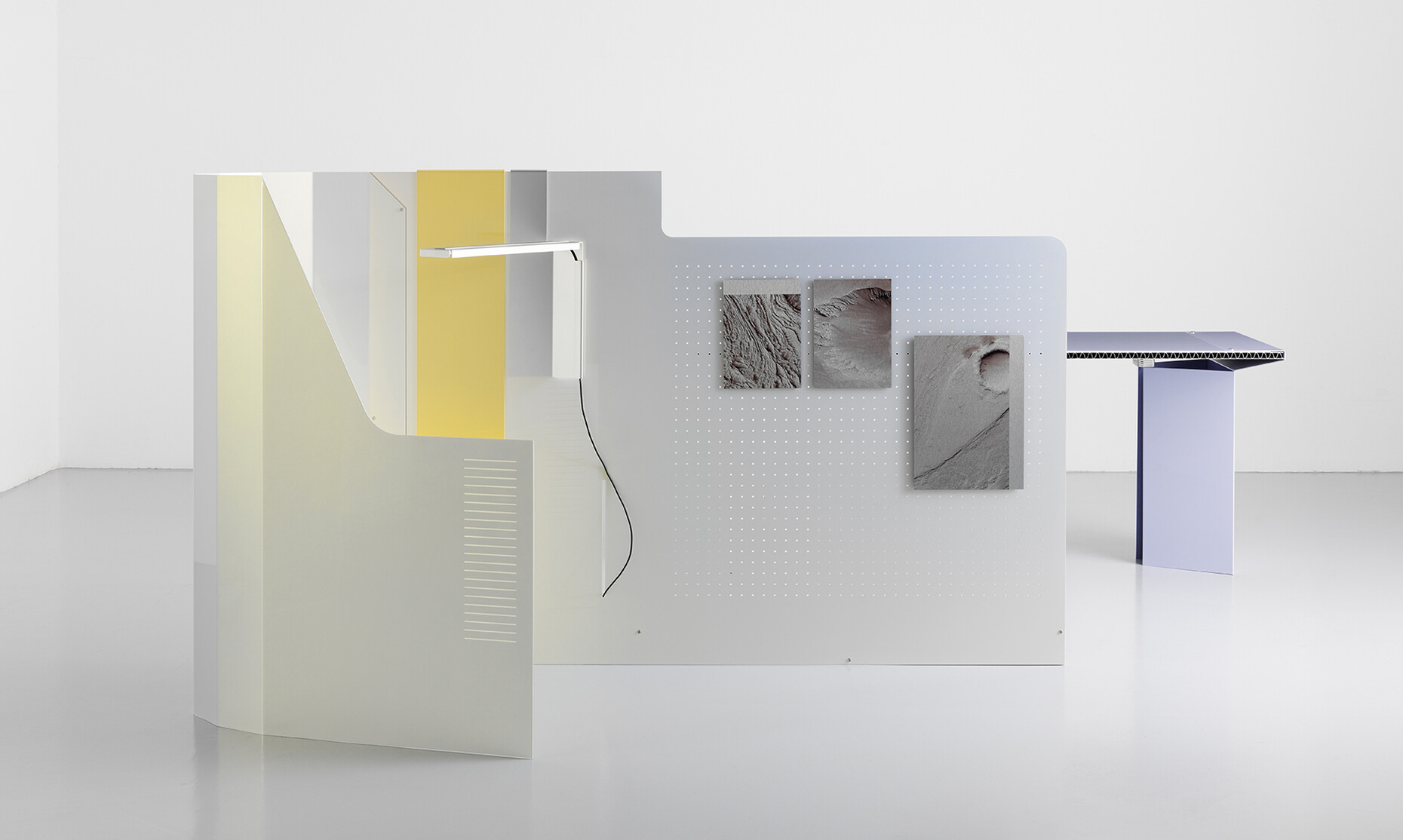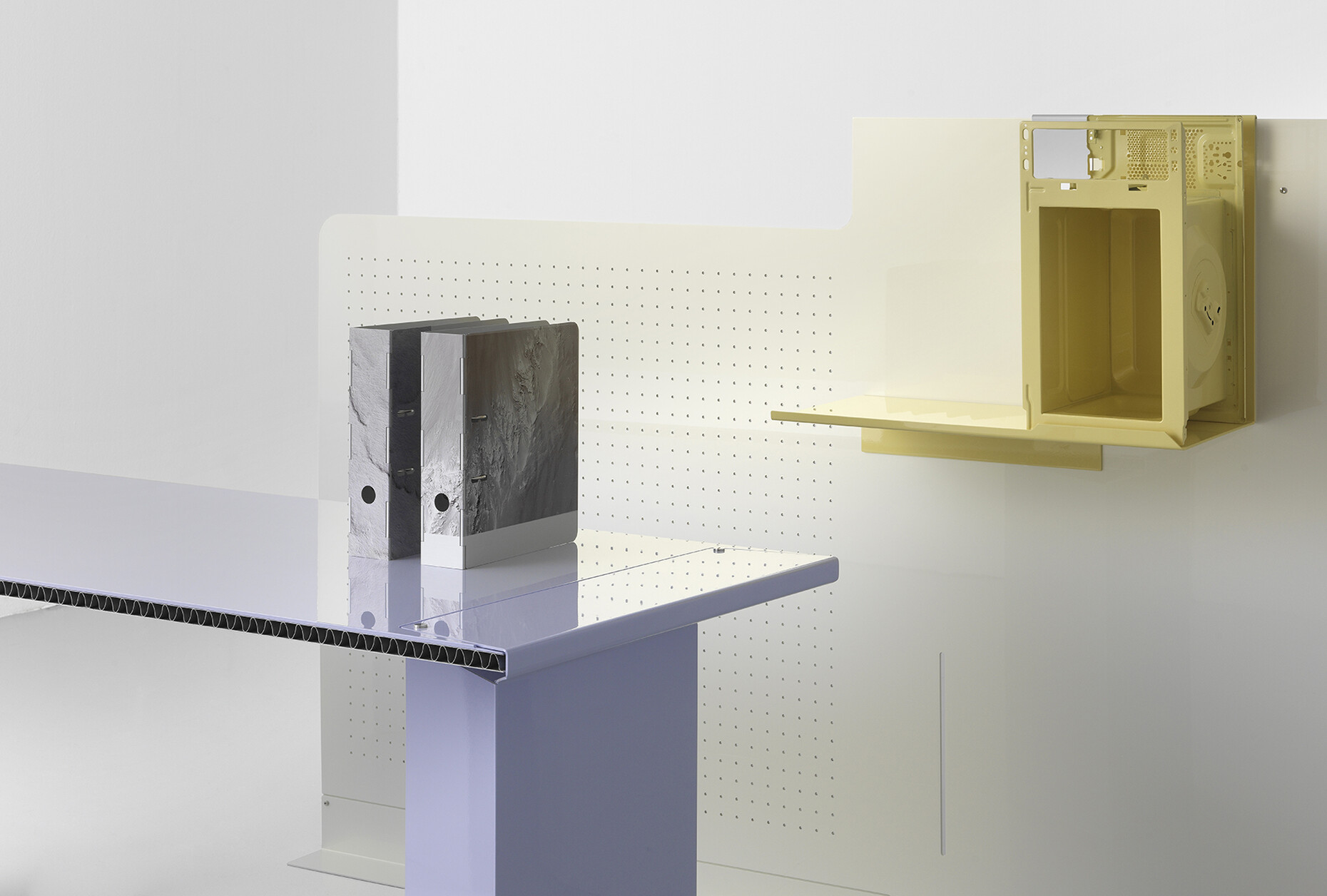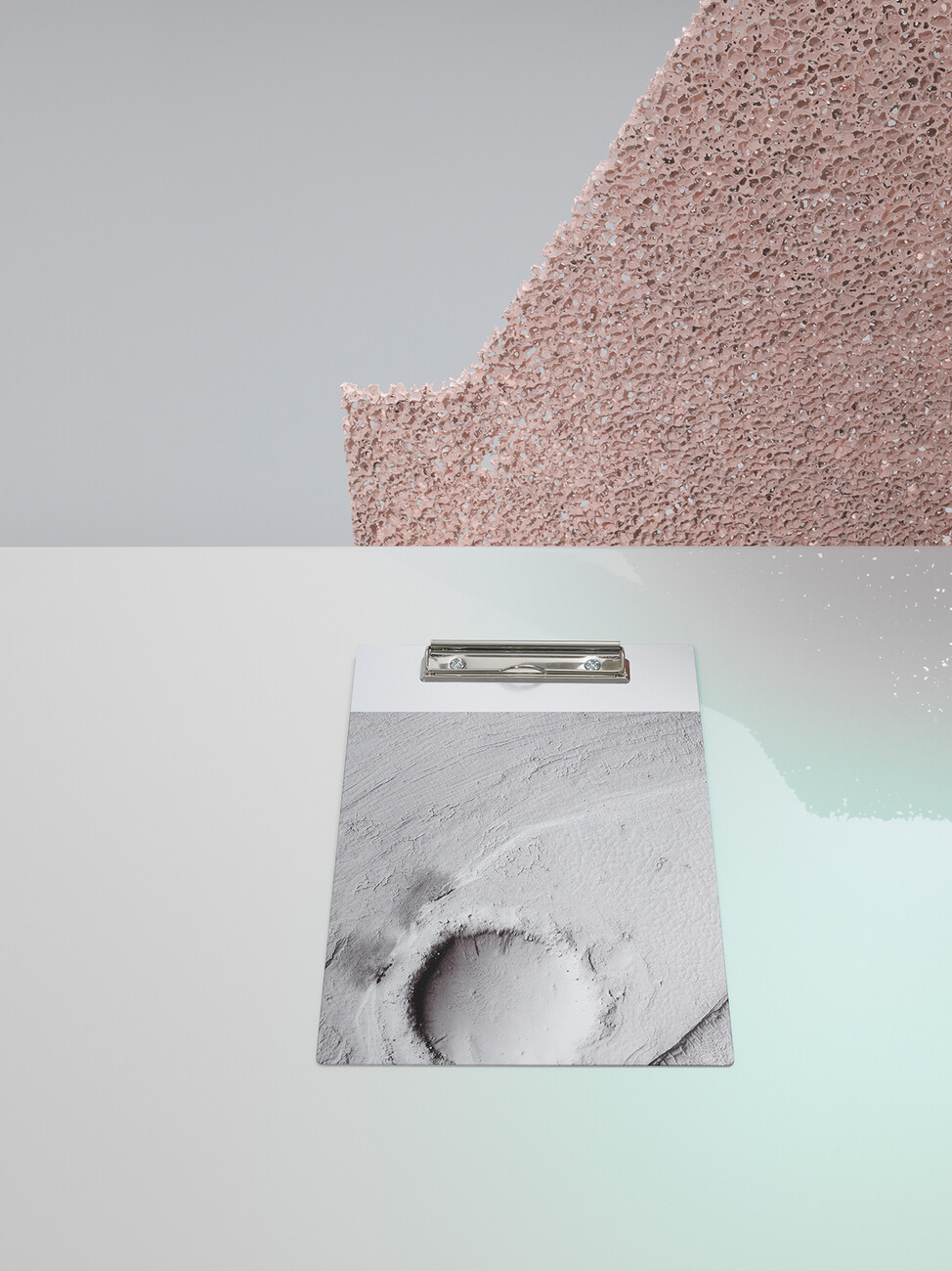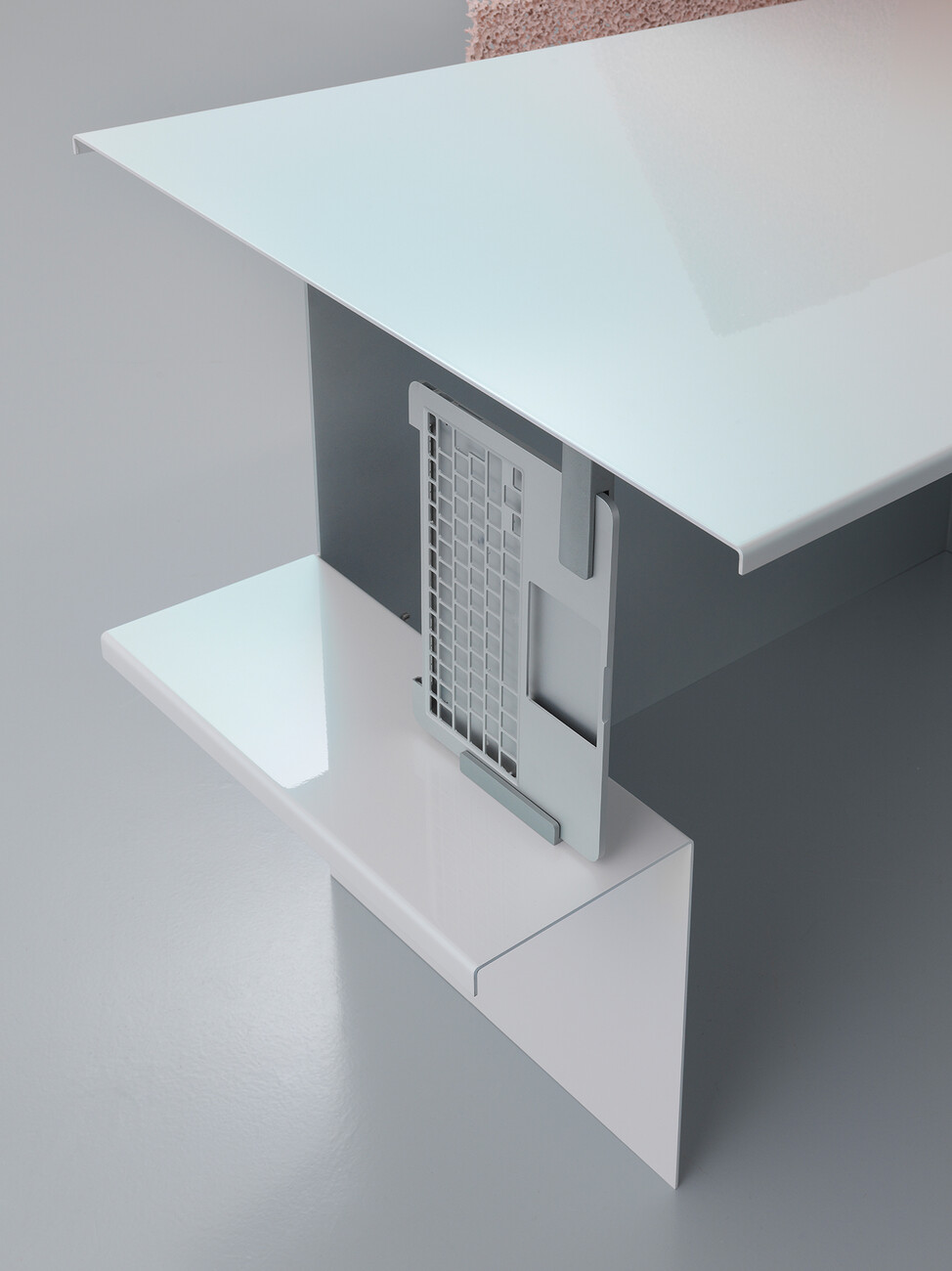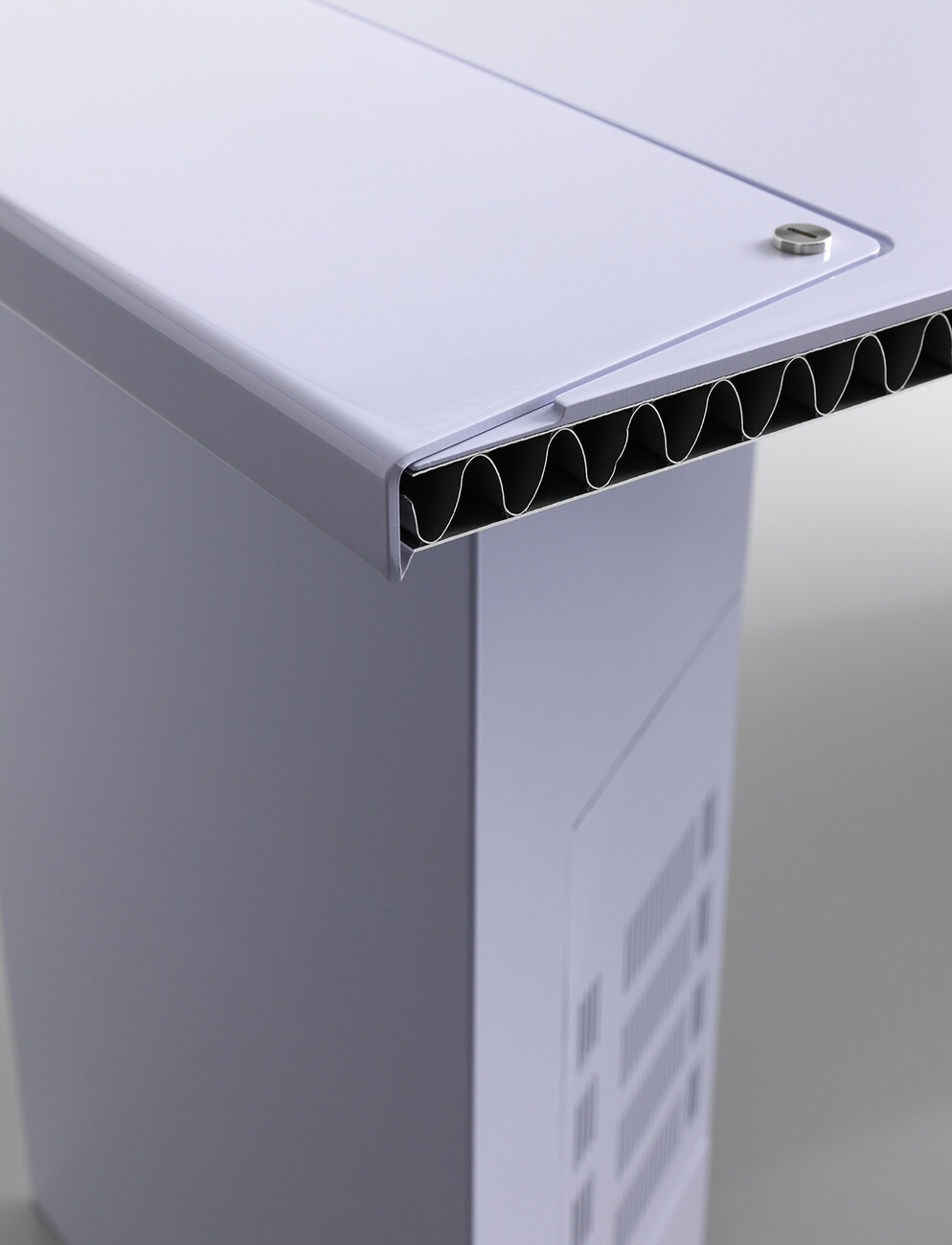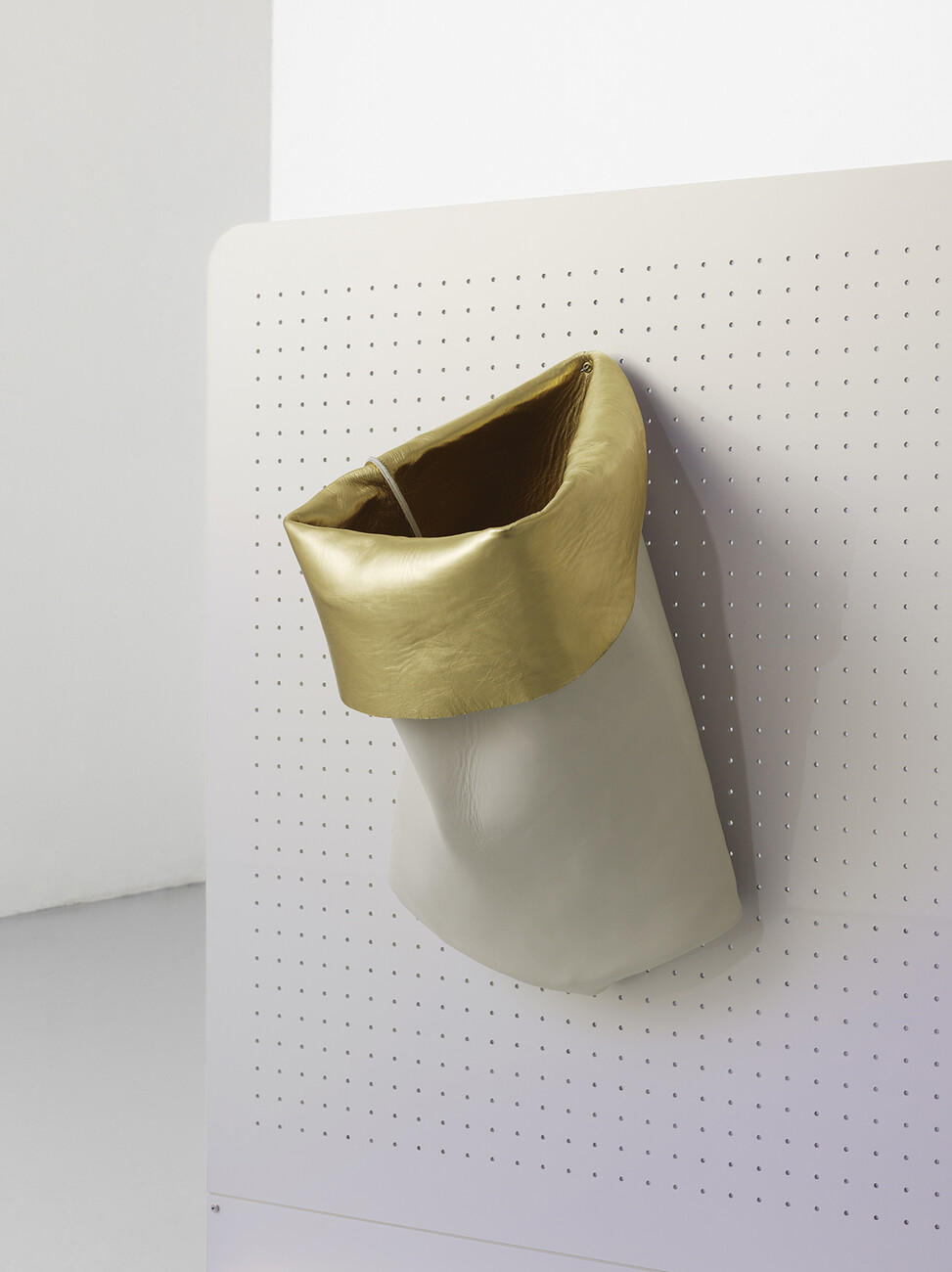SALONE DEL MOBILE 2019
Treasure in scrap
Anna Moldenhauer: What was the idea behind "Ore Streams"?
Studio Formafantasma: The project was developed for the new NGV Triennal initiated by the National Gallery of Victoria in Melbourne and for the broken Nature Exhibition curated by Paola Antonelli. According to estimates, our human greed for metals has grown to such an extent that by 2080 the biggest metal reserves will not be underground. Instead, they will be above the surface as ingots stored in private buildings or otherwise circulated within products such as building materials, appliances, furniture and an ever-growing market of consumer electronic products. Efforts to recycle this complex hardware remain new, uncharted and contentious. Moreover because of the complexity of recycling digital tools, a lot of these products are illegally shipped in developing countries were often recycling technologies and regulations are not in place. This is obviously a problem both for the environment and the laborer. Currently, only about 30 percent of electronics are correctly recycled – although the European Union clearly legislated on the responsibility of e-waste recycling and that is on the producers. The producers should be responsible for the collection of broken electronics. When we talk about electronic waste we also mean all those objects that simply has a electric cable or a battery. As part of "Ore Streams", we propose strategies that can be applied in the development of products to facilitate both repair and recycling. In addition, we also design a number of objects.
Can you give an example of the strategy for better recycling?
Studio Formafantasma: The exhibition for instance includes a animation where we make use of 3D rendering as a tool to visualise possible strategies for the repairing and recycling of electronics. The concepts displayed are conceived considering the recycling technologies now in place and the limitations of facilities across developed and developing countries. A common trend in electronics is the miniaturization of products. This has increased the already wide-spread use of glue to attach components in order to save space. Designing objects with space efficient connections will guarantee precise separation of materials. Also the use of visual recognition technologies in the sorting of waste has great potential but remains unexplored. Electric cables are very commonly covered in black rubber. Yet, due to the dark colour and opacity of the surface, they are not recognised by visual detectors. A simple design choice such as using coloured rubber or even a patterned surface, could dramatically improve the recycling of the copper used in electric cables. Too often e-waste objects are not labeled with information about their materiality. Constant development of new polymers makes it difficult to identify materials and separate them precisely. In developing countries, rudimentary and oft toxic methods are used to determine what a material is, for instance burning is used to understand the composition of a material based on how it melts and the colour of the flames. As a response we envision a scenario in which objects would be delivered to recyclers with an embedded digital material passport in the form of a QR code and universal colour coding.
What role can design play in communicating sustainable recycling processes?
Studio Formafantasma: Design can be used to communicate complex problems in a efficient way. It can help in proposing solution and in design education to train more critical and responsible designers.
Why was it important to you that the former function of the electrical waste can still be recognized as office furniture?
Studio Formafantasma: Recycled materials as aluminium and steel are impossible to know as recycled. Once metals are collected are fused back to new materials. For us including components of electronics in the objects is a way to add a narrative element.
Why is it interesting for you to make a connection to the cosmic origin of the materials in electronic scrap?
Studio Formafantasma: When we work all the informations we collected, for example the books we read, are coming together in different ways in the objects. The late veneer hypothesis is basically saying that some of the metals on the crust of planet earth have been imported by rains of meteorites. We liked to have this cosmological reference because it puts into perspective the way we approach our own planet as a stable entity that we can drain for production.
What would you like to achieve with "Ore Streams" in the long term?
Studio Formafantasma: We hope that some of the strategies we proposed in the animation will be implemented and taken up by other designers or law makers to guarantee a more efficient repair and recycling of electronics.
XXII. Triennale di Milano, Broken Nature: Design Takes on Human Survival
La Triennale di Milano Viale Alemagna, 6
20121 Milan
Through September 1, 2019
Opening times:
Tues. thru Sun.: 10:30 a.m. thru 8:30 p.m.





